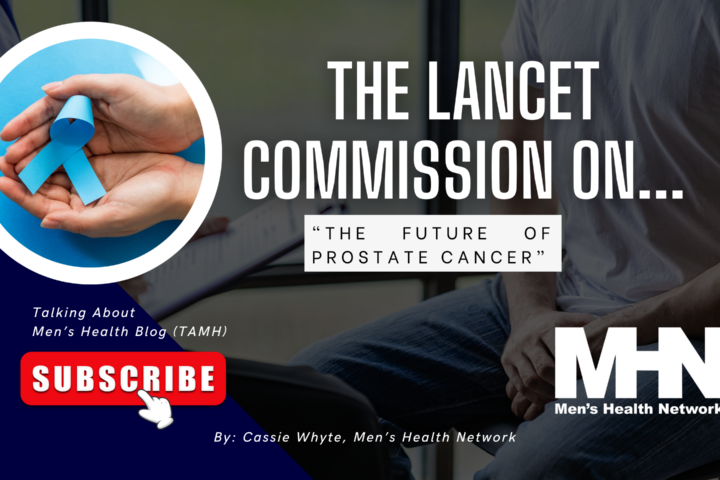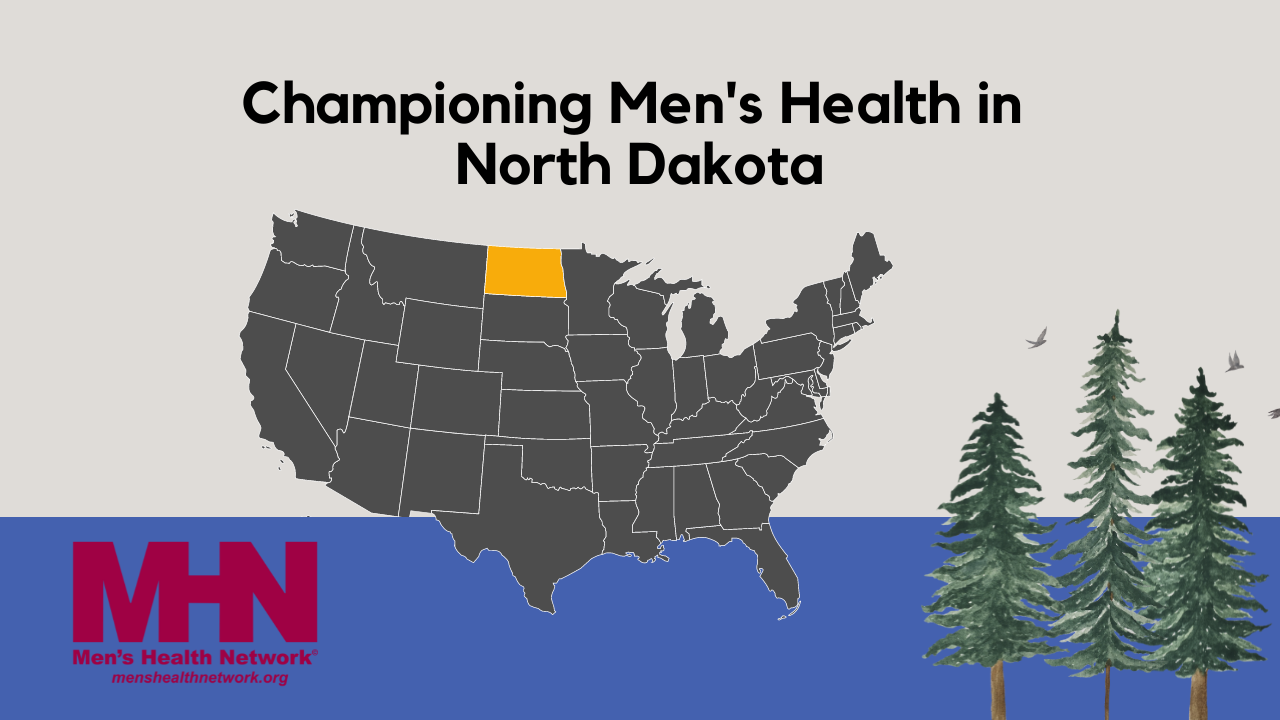Jemal has had four daughters with two women—two of his daughters in their 20s, two in preschool—but is living with none of them. A thoughtful 47-year-old African American man in a large Eastern city, he knows he “made mistakes” and said “I don’t want to repeat them with my younger daughter.”
Jemal is among about 9 to 10 million dads among the nation’s 36 million fathers of minor children, who do not live with all of their children. (One million are in prison.) One in three American children are not with their father on any given night—compared to 1 in 9 children in 1960. A majority of U.S. children spend some portion of their of their childhood with only one parent, and less than half of the nation’s children live with two married parents who are in their first marriage. The nearly 25 million children who lived in single-parent families in 2015 were disproportionately poor and born to parents of color, but there are millions of white, Asian American, and more well-to-do fathers, and also some mothers, who live apart from their children.
Jemal hardly had good role models for parenting. He grew up in a poor African American neighborhood of Brooklyn, and his mother died of cancer when he was seven. He lived with his dad, who had several women in his life—even before his wife died. “I don’t doubt that he loved me, but he didn’t know how to be a dad because he didn’t’ have a great dad,” Jemal reflected.
Jemal ran with the “wrong people” in his early 20s and knew he’d “end up in jail” if he didn’t leave town and leave behind his old identity. When he was 24, he met a woman and got married. They had two daughters, and after they split in 1999, he gained custody of both because their mother had legal and emotional problems that led their children to have an “adverse opinion” of her, he said. Jemal always made sure that his daughters saw their mother.
But, despite his work experience in IT, he lost his job and then lost his house during the Great Recession, and thought it was best for his daughters—then in 7th and 9th grades—to live with their mother. They felt rejected, a feeling they hold on to many years later, Jemal believes. He also fears that they only value him for his income. He has continued to try to reconcile with them. In the meantime, in his early 40s, he met another woman, 15 years younger, with whom he had two children. One of his older daughters feels that ‘”’I wasn’t important to you when I really needed you because you had other women,’” he believes.
Jemal has had a volatile relationship with the mother of his preschool daughters. She wanted marriage, then left him. He said: “I absolutely love her and would marry her” and take care of their kids and the three children she had with another man. But she wasn’t interested.
While he agonizes about reconciling with his older daughters, he has tried to be the best dad he can be with his younger ones. He reads them Dr. Seuss at night, checks out dozens of books at the library for them, and buys them Lego mega-blocks. “I’m committed to being a good father to all four of my daughters” he said, “but we have human frailties, and I need to make the concerted effort.”
Then, there are men like Matt, a white professional in the Carolinas, who essentially became his three children’s full-time parent, after his ex-wife went in and out of relationships with men. Having started his own business, he used his flexible hours to be there for his children when they needed him. He took his sons on overseas trips, to see top-ranked European soccer teams, and to a presidential inauguration. He tried to make sure that they saw their mother, but she moved so often for the men in her life and sank ever deeper into debt that she couldn’t really take care of them.
He is one of the growing number of very involved dads in this country. Jemal is trying to be one, but for guys like Matt, “father” is a verb as much as a noun.




